
Senior writer Tina Hesman Saey is a geneticist-turned-science writer who covers all things microscopic and a few too big to be viewed under a microscope. She is an honors graduate of the University of Nebraska-Lincoln where she did research on tobacco plants and ethanol-producing bacteria. She spent a year as a Fulbright scholar at the Georg-August University in Göttingen, Germany, studying microbiology and traveling. Her work on how yeast turn on and off one gene earned her a Ph.D. in molecular genetics at Washington University in St. Louis. Tina then rounded out her degree collection with a master’s in science journalism from Boston University. She interned at the Dallas Morning News and Science News before returning to St. Louis to cover biotechnology, genetics and medical science for the St. Louis Post-Dispatch. After a seven year stint as a newspaper reporter, she returned to Science News. Her work has been honored by the National Academies of Sciences, Engineering and Medicine, the Endocrine Society, the Genetics Society of America and by journalism organizations.

Trustworthy journalism comes at a price.
Scientists and journalists share a core belief in questioning, observing and verifying to reach the truth. Science News reports on crucial research and discovery across science disciplines. We need your financial support to make it happen – every contribution makes a difference.
All Stories by Tina Hesman Saey
-
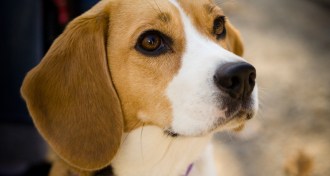 Life
LifeDomesticated animals’ juvenile appearance tied to embryonic cells
Mild defects in embryonic cells could explain physical similarities along with tameness across domesticated species.
-
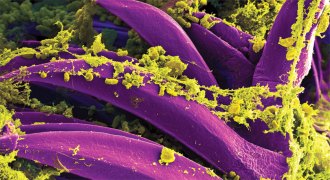 Life
LifeMicroscapes take off at D.C’s Dulles airport
“Life: Magnified,” a display of microscope images depicting cells, microbes and details of life invisible to the naked eye runs from June to November.
-
 Life
LifeFiber optics in mammals’ eyes separate colors
Specialized cells in the retina separate different wavelengths of light to enable sharp vision during the day without harming night vision.
-
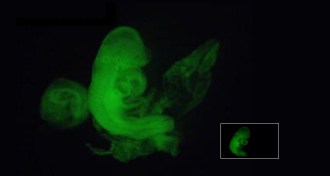 Life
LifeDramatic retraction adds to questions about stem cell research
Researchers who reported an easy method for making stem cells admit mistakes mar their work, and have retracted their papers from Nature.
-
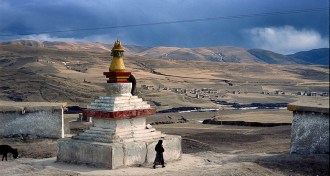 Life
LifeTibetans live high life thanks to extinct human relatives
DNA shared by modern-day Tibetans and extinct Denisovans suggests people picked up helpful genes through interbreeding with other hominids.
-
 Life
LifeStem cell papers retracted
Researchers who reported easy method for making stem cells admit mistakes mar their work, and have retracted their papers from Nature.
-
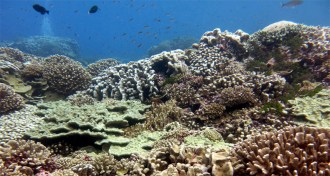 Life
LifeNear reefs, microbial mix dictated by coral and algae
A reef’s dominant organism, coral or algae, may determine what kind of bacteria live there.
-
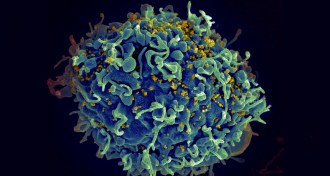 Life
LifeHIV hides in growth-promoting genes
The discovery that HIV can trigger infected cells to divide means scientists may need to rethink strategies for treating the virus that causes AIDS.
-
 Life
LifeAutoimmune diseases stopped in mice
Reprogramming immune cells may offer a way to treat autoimmune diseases without harming the body’s ability to fight infections.
-
 Genetics
GeneticsGene variant tied to diabetes in Greenlanders
Greenlanders who carry two copies of a newly discovered gene variant have upwards of 10 times the chance of developing type 2 diabetes.
-
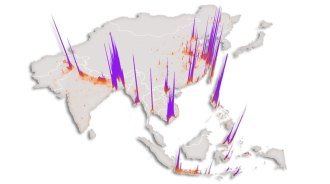 Life
LifeAvian flu could strike Asian poultry markets outside China
H7N9 influenza has a higher chance of spreading to humans in urban areas close to water, researchers predict.
-
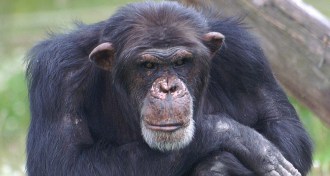 Genetics
GeneticsChimp and human lineages may have split twice as long ago as thought
New estimates of chimpanzee mutation rates suggest humans and chimps last shared a common ancestor 13 million years ago.